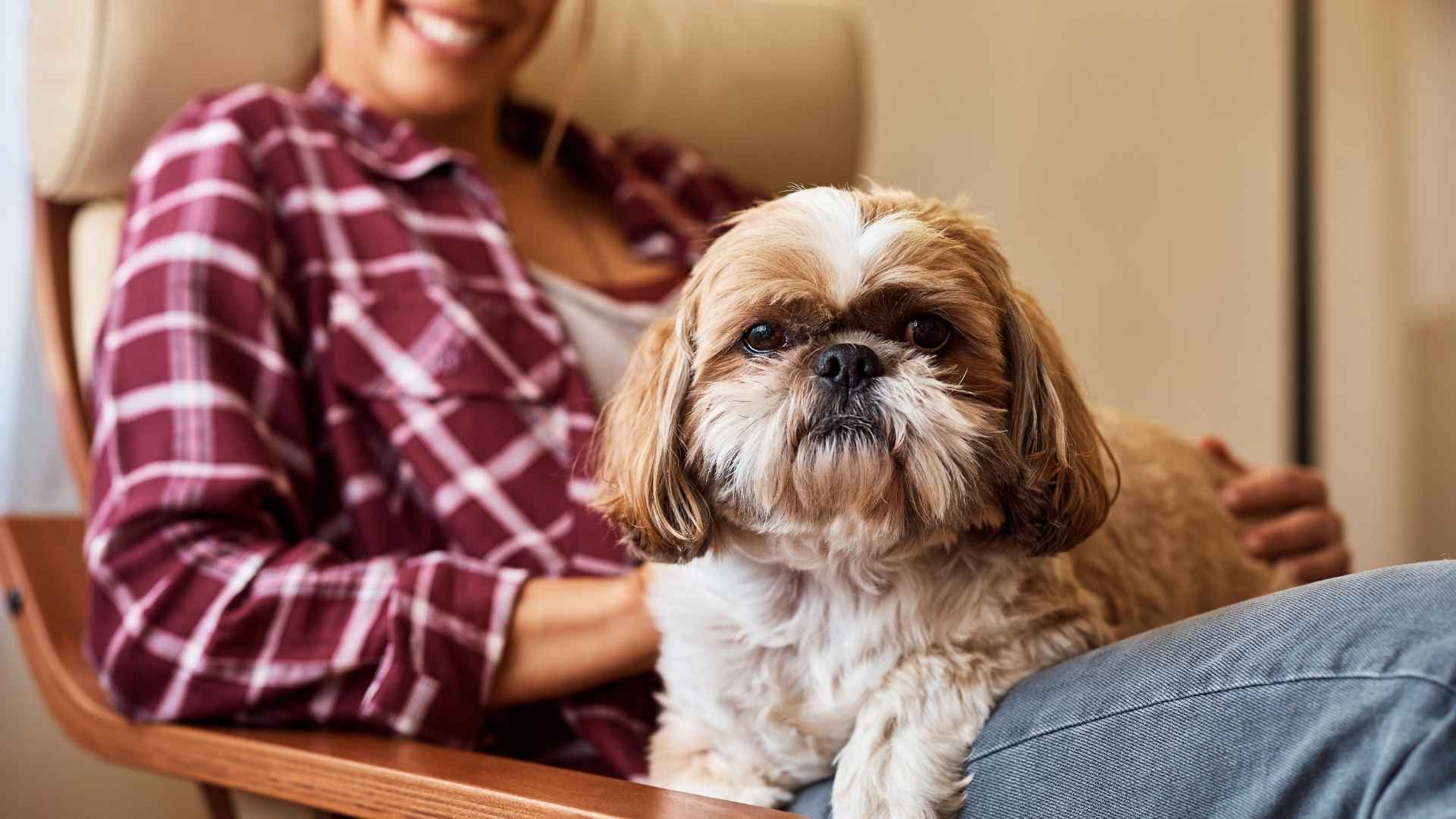People don’t always get it. You say you’re fine, and they believe you. Or worse—they try to fix you. But there’s a kind of comfort in being near someone—or something—that doesn’t demand a conversation.
That’s where some dogs do what even friends can’t. They don’t fill the silence. They sit with you in it. They don’t ask questions. They just exist next to your chaos until it settles. This isn’t about obedience or intelligence. It’s about emotional presence. Some dogs seem to feel when your energy dips.
They lie closer. Watch more carefully. Offer stillness in the noise. And that kind of quiet support? It can feel like therapy. No clipboard. No words. Just a heartbeat next to yours that keeps you grounded.
In this article, we’ll talk about the dog breeds that offer this kind of silent strength. The ones that show up when words fall short.
Dog Breeds That Act Like Therapists
1. Cocker Spaniel

Cocker Spaniels can detect subtle emotional changes in humans—facial tension, body posture, even micro-movements. They adjust their behavior accordingly, often lying quietly nearby or placing a paw gently for contact. This responsiveness makes their presence feel naturally therapeutic.
Calming Through Physical Touch
They instinctively use closeness as a calming tool, often choosing soft physical contact to ease tension. Their size allows them to rest in laps without causing discomfort, while their coat invites tactile interaction that’s soothing during stress spikes.
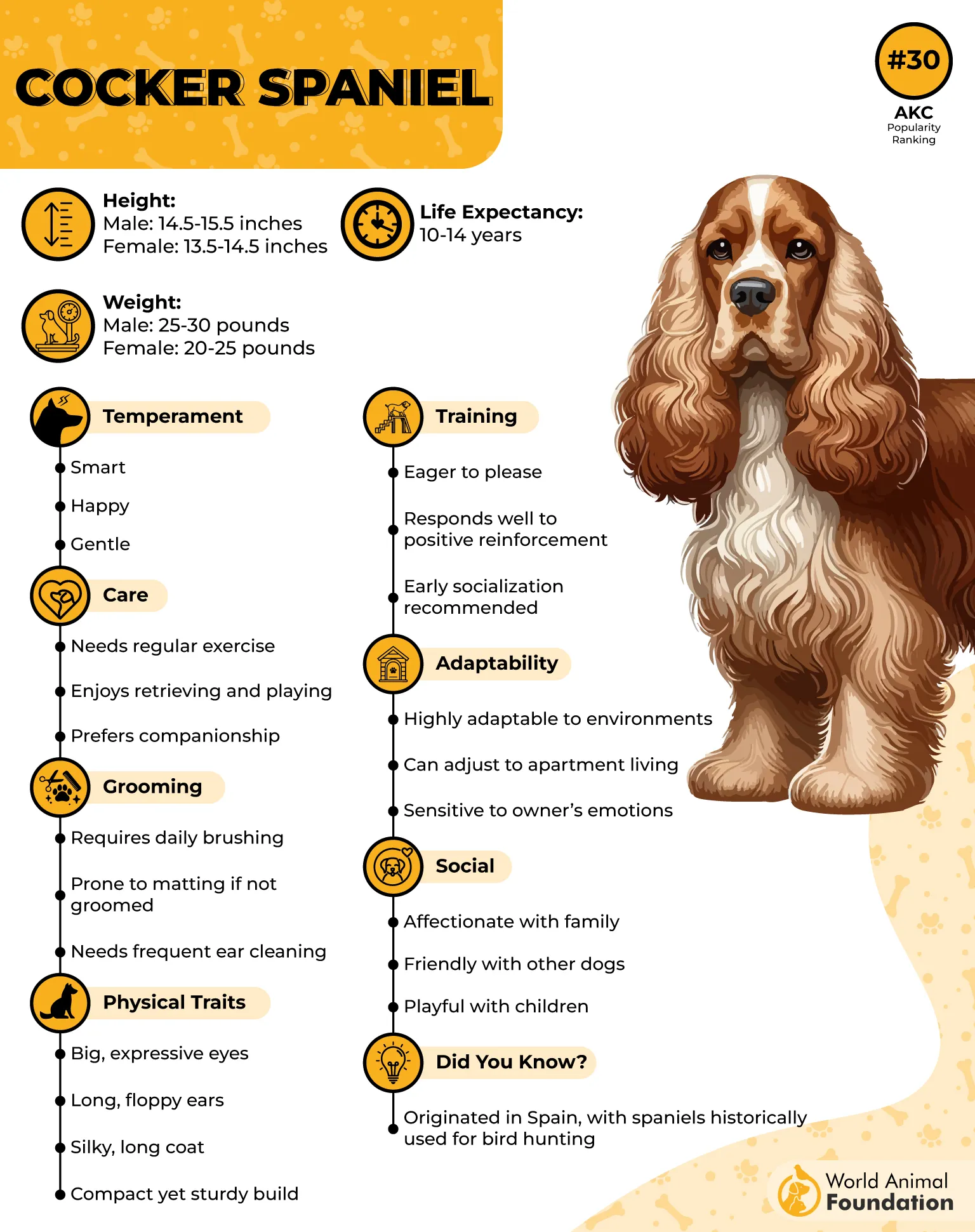
Reliable in Daily Emotional Rhythms
Cocker Spaniels are consistent companions throughout emotional ups and downs—whether it’s routine anxiety or post-event stillness. They match energy levels without being overwhelming, creating a predictable rhythm that supports mental balance.
Naturally Aligned With Human Sensitivity
What stands out most is their gentle temperament, which feels less like obedience and more like intuitive alignment, as per WebMD. Often ranked among the great therapy dogs, they aren’t performing tasks—they’re quietly reinforcing a sense of safety. Their presence becomes a soft background to the human experience.
2. Shih Tzu

Shih Tzus are drawn to stillness and proximity, often sitting close without prompting during emotional lows. Their calm demeanor isn’t trained—it’s instinctive. This passive presence makes them especially effective for people who feel overstimulated by larger or high-energy dogs.
Built for Indoor Emotional Support
Because they adapt best in indoor, low-distraction spaces, they excel in one-on-one support settings like counseling rooms or recovery centers. Their low reactivity to background noise helps them stay grounded even when people around them aren’t.
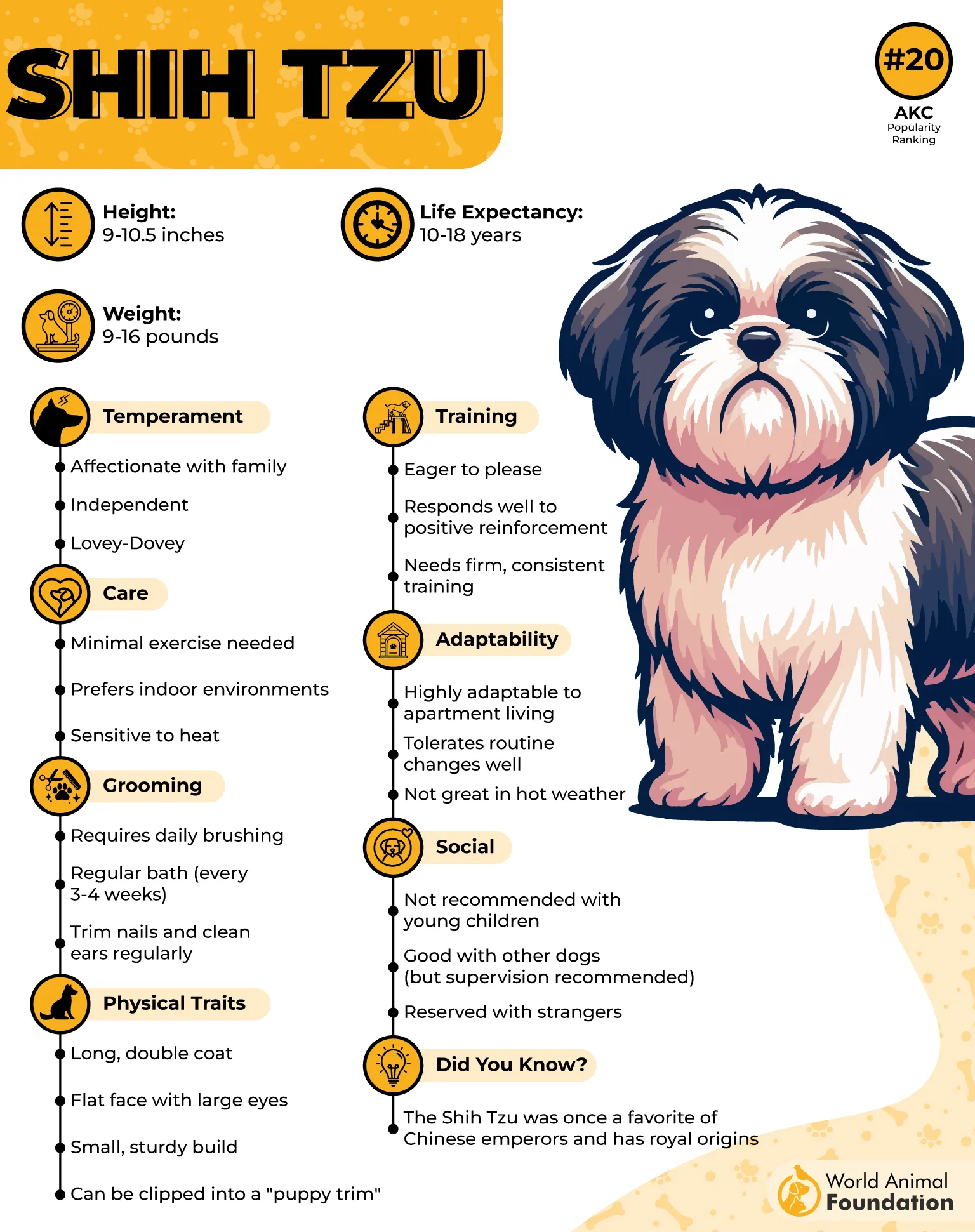
Touch-Based Grounding Response
This breed often initiates contact during moments of distress—leaning in, offering their body for stroking, or calmly holding eye contact. Their size and softness provide sensory grounding, which has been especially noted in animal-assisted therapy sessions.
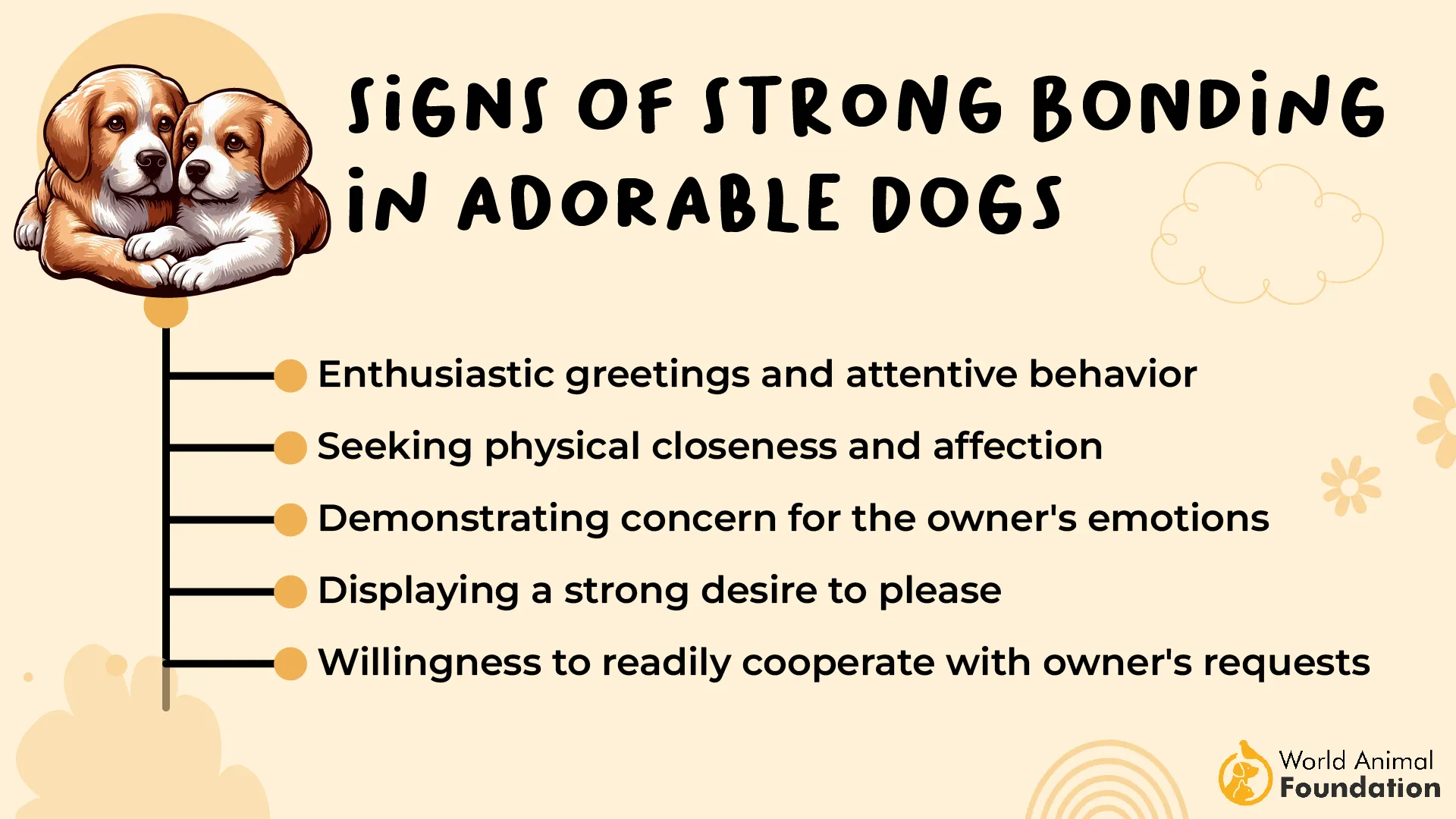
Preferred by Sensitive Individuals
Among dog lovers who experience sensory sensitivity or fatigue from certa
in breeds, the Shih Tzu is a frequent recommendation. Their low-maintenance emotional presence and silence in tense moments help them blend into environments where over-engagement would be counterproductive.
3. Newfoundland

Newfoundlands are known for their sheer body mass, and that weight becomes therapeutic during anxious episodes. Their resting posture—often beside or partially across a person—mimics deep pressure stimulation used in clinical anxiety treatments. It calms the nervous system without requiring formal training.
Low Reactivity in Chaotic Environments
They hold a remarkably steady emotional baseline, even when surrounded by noise, movement, or heightened energy. This makes them particularly useful in high-stress therapy settings like pediatric hospitals or recovery centers. Their presence reduces overstimulation without needing verbal command.
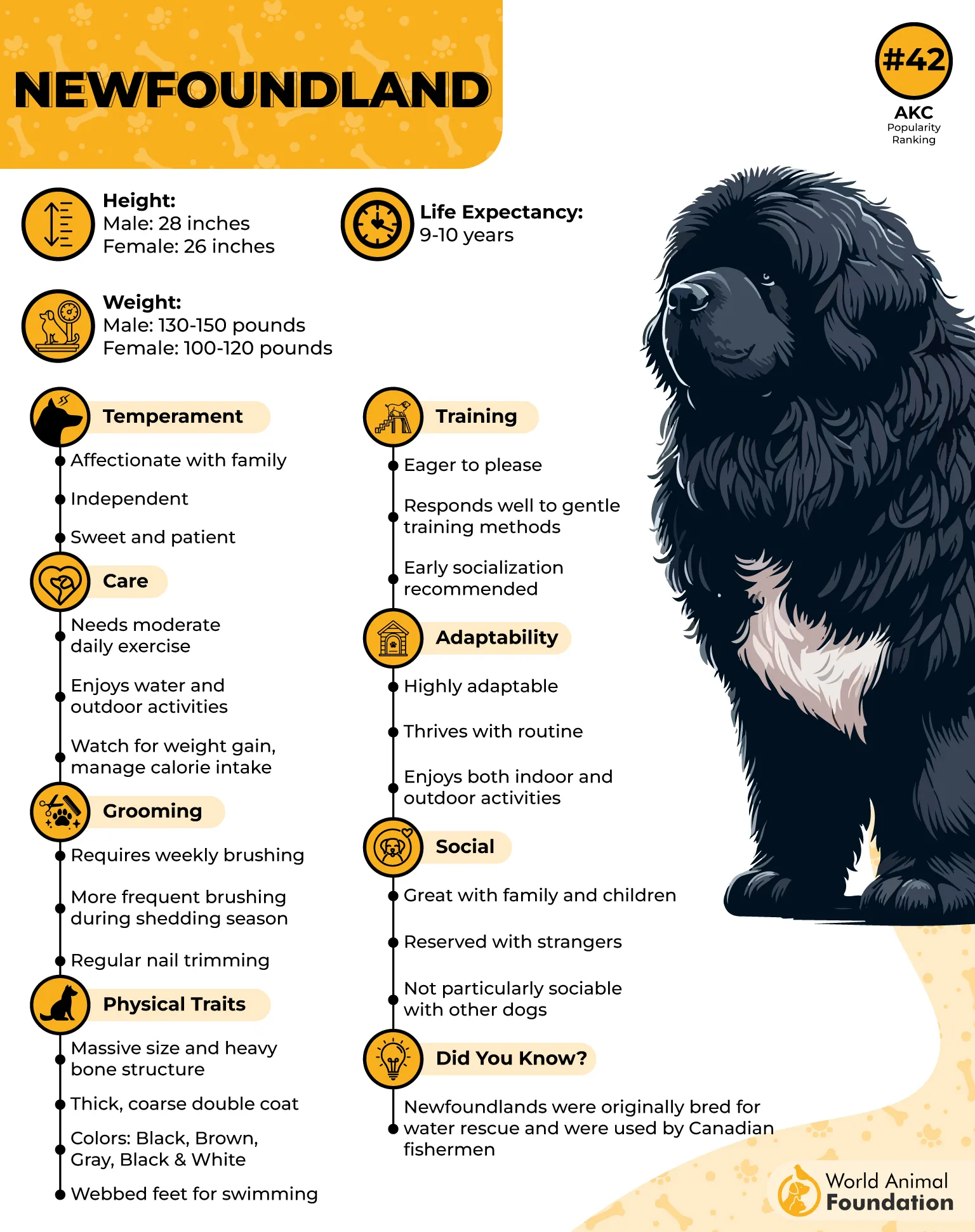
Emotional Buffer for Grief or Panic
Their thick, tactile coat isn’t just a sensory asset—it becomes a point of grounding during grief or panic. People tend to grip or stroke it during emotional overwhelm, creating a physical focus point that slows racing thoughts. This quiet, grounding role can’t be taught—it’s absorbed.
Natural Fit for Therapeutic Roles
Newfoundlands are often prioritized in pet therapy programs for their ability to absorb emotional weight without internalizing it, as stated in The Guardian. Their steady gaze and stillness offer nonverbal reassurance, placing them among the best therapy dog breeds when emotional durability is required.
4. Shetland Sheepdog
Shetland Sheepdogs are known to reflect emotional states with precision, often pausing their own movement when a person exhibits signs of distress. They don’t push for attention but maintain soft eye contact or hover close by. Their ability to echo human emotions makes them quietly reassuring.
Predictive Awareness in Routine
These dogs become finely attuned to daily behavior patterns, recognizing the difference between routine silence and mood-related withdrawal. This timing allows them to insert comfort without disrupting space. It’s their attention to micro-patterns that gives them a reputation for intuitive presence.
Sound Sensitivity That Guides Calm
Their acute hearing isn’t just useful for alertness; it allows them to respond instantly to subtle voice fluctuations. Whether someone is suppressing emotion or on the verge of tears, they register tone shifts before body language changes. This trait is crucial in therapy work where anticipation matters.
Responsiveness That Deepens Over Time
With proper training, Shelties build layered associations between verbal cues and emotional tones. They aren’t just reacting—they are learning what sadness sounds like, what pacing means, and what stillness often signals. That depth of responsiveness grows richer with each shared day.
5. Italian Greyhound
Italian Greyhounds have a finely tuned sensitivity to sound and tone shifts in human voices. They respond quickly to sighs, whispering, or subtle vocal hesitations—signs that often go unnoticed by other breeds. This quiet alertness becomes a grounding force during emotional discomfort.
Adaptive Comfort in Compact Form
Their slender frame and calm demeanor allow them to rest against people without applying pressure, as per HillsPet. Because they’re not a larger dog, their presence feels more like a gentle weight, never intrusive, always stabilizing. This tactile reassurance plays a key role in therapeutic moments.
Emotional Sync Over Verbal Cues
They excel in one-on-one environments where energy and routine are more predictable than chaotic. Italian Greyhounds often anticipate emotional shifts before words are spoken, aligning themselves silently beside the person in need. This kind of instinctual syncing can’t be trained—it’s temperament-driven.
Comfort Rooted in Loyalty
Their affectionate nature is focused and lasting; they pick a person and stay close, offering continuous emotional regulation. That makes them suitable for therapy dog work, especially in homes or smaller-scale settings. While not a popular dog breed for this role, their impact is deeply personal when matched with the right person.
6. Collie
Collies excel at reading room dynamics—lingering too long at a doorway, sudden stillness, or changed breathing patterns never go unnoticed. Their responses are not dramatic; they’ll shift closer, lean in, or softly alert with a nudge. That early detection of distress is subtle but impactful.
Naturally Soothing in Routine
This breed thrives in quiet, repeated daily rhythms. They follow human routines like clockwork—not for commands, but because structure itself lowers anxiety. Just their predictable movement around the house reduces mental friction, especially during emotionally charged hours.
Observational Learning in Action
A Collie doesn’t require constant verbal instruction to adjust. If properly trained early, they begin anticipating needs based on routine and environmental cues. Their incredibly smart nature shows up in silence, recognizing when not to react is often their strength.
Deep Bonding Without Pressure
Collies don’t constantly seek eye contact or demand interaction. They sit nearby, listen to the tone, and offer presence rather than performance. This balance is what makes them ideal at providing emotional support without becoming overstimulating, especially in environments that require space and calm.
7. Doberman Pinscher
Dobermans monitor human emotions through detailed observation—they often react to shifts in breathing, voice tone, or eye contact before words are spoken. This level of attunement enables them to subtly interrupt spiraling thoughts or anxiety loops with physical closeness.
Structured Reassurance Through Routine
Their need for structure becomes a therapeutic advantage for individuals who benefit from daily predictability. Whether it’s morning walks or evening wind-downs, Dobermans help anchor routines that reduce mental noise and increase stability.

Alert, Not Overbearing
They maintain a calm watchfulness that feels grounding, never intrusive. Even in emotionally charged situations, they hold space with presence rather than pressure, offering a sense of being “held” without direct demand for attention.
Emotional Bonding With Purpose
With a friendly disposition that surprises people expecting stiffness, Dobermans often bring smiles simply by offering silent, steady companionship. Though not often labeled as potential therapy dogs, their loyalty, timing, and emotional restraint allow them to step into that role with surprising effectiveness.
8. English Bulldog
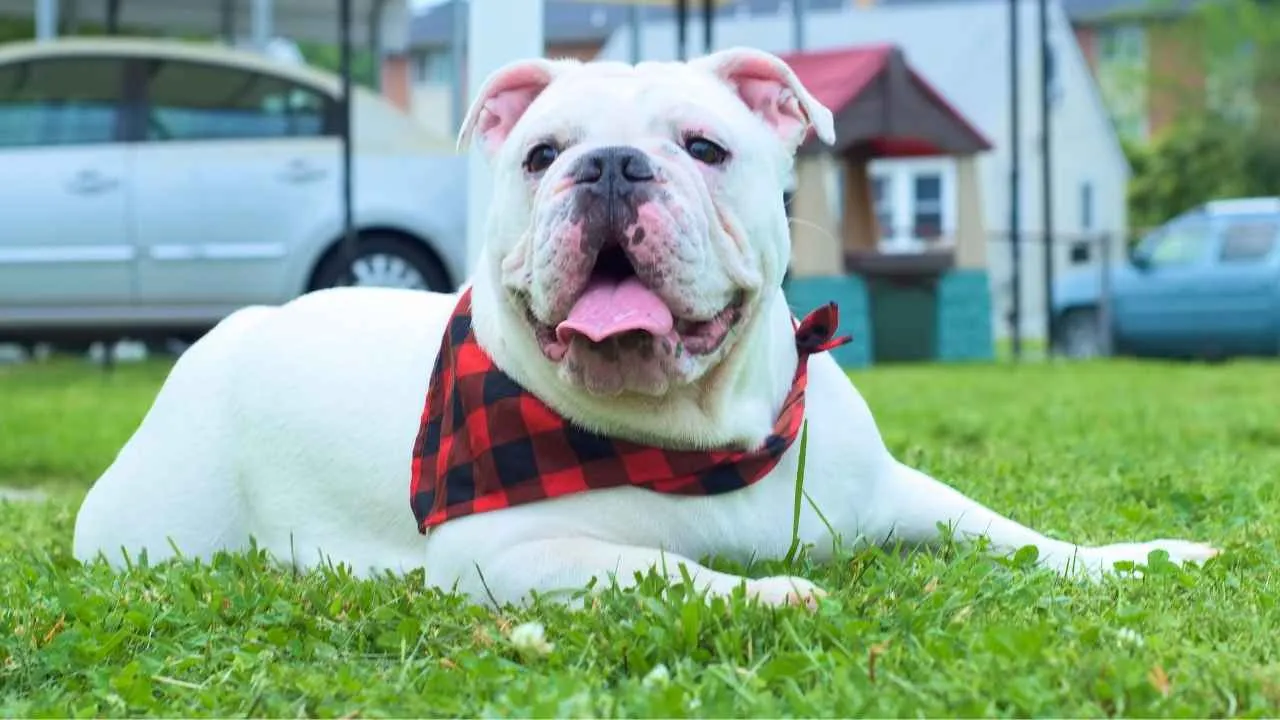
English Bulldogs remain physically and emotionally composed in overstimulating environments. Their slow pace and calm demeanor naturally slow the rhythm of anxious spaces. This grounding effect is particularly helpful for individuals struggling with racing thoughts or sensory overload.
Predictable Energy for Anxious Minds
Because they don’t respond with hyperactivity, Bulldogs offer a steady presence that reassures rather than distracts. Their reactions are minimal, making them reliable during emotional spikes or meltdowns. That consistency becomes its own form of quiet support.
Compatibility With Young Emotional Cues
They are particularly suited to families where emotional expression is nonverbal or unpredictable. Around children, Bulldogs pick up on tone and touch more than words, responding with gentle stillness instead of stimulation. This makes them stabilizing companions in therapeutic routines.
Physical Comfort Over High-Energy Demands
Bulldogs bond through shared stillness—lying beside someone on the couch, not pacing or nudging for attention. They require minimal exercise, which matches the needs of those managing fatigue, depression, or overstimulation. Their body heat, weight, and unhurried breathing create a sensory anchor in moments of disconnection.
9. Whippet
Whippets respond to emotional tension with subtle shifts—often moving closer during silence or becoming still when sensing overwhelm. Their attunement is less performative and more instinctual, built on their sensitivity to tone and body cues. They mirror calm rather than demanding attention.
Noise Avoidance as Emotional Shelter
They naturally avoid loud environments, making them ideal for people sensitive to overstimulation or abrupt sound. When indoors, their movements are near silent—no pacing or vocalizing—creating a peaceful presence that acts as emotional insulation.
Rest-Rich Bonding Style
Whippets form bonds through rest and shared stillness rather than high-energy engagement. They settle into quiet routines without prompting, often matching a person’s need for pause during anxious states. That synchrony creates a grounding effect many find emotionally regulating.
Physical Design That Supports Proximity
Their lean frame and short coat mean they won’t overheat during close contact, even for extended periods. When lying beside someone, they feel—not imposing. That physical comfort, combined with a naturally calm energy, creates a space that feels emotionally safe.
Conclusion
There’s no shortcut to emotional recovery—but there is a company that makes it easier. These dogs don’t try to fix your day. They just stay with you in it. From soft fur against your arm to the silence that follows your sighs, they bring emotional support without asking anything back.
That’s why so many owners credit their dogs with helping them through invisible struggles. Psychiatric service dogs are trained for this, but some breeds come naturally equipped for that kind of presence. You don’t need a high-energy pet to feel seen.
Even small dogs with a calm temperament can ground you better than any well-meaning words. If you’ve been feeling overwhelmed, disconnected, or simply worn out, you don’t always need a plan.
Sometimes, a dog’s quiet loyalty is enough to keep you going. These breeds weren’t just chosen—they were felt. And that’s what makes them different.


